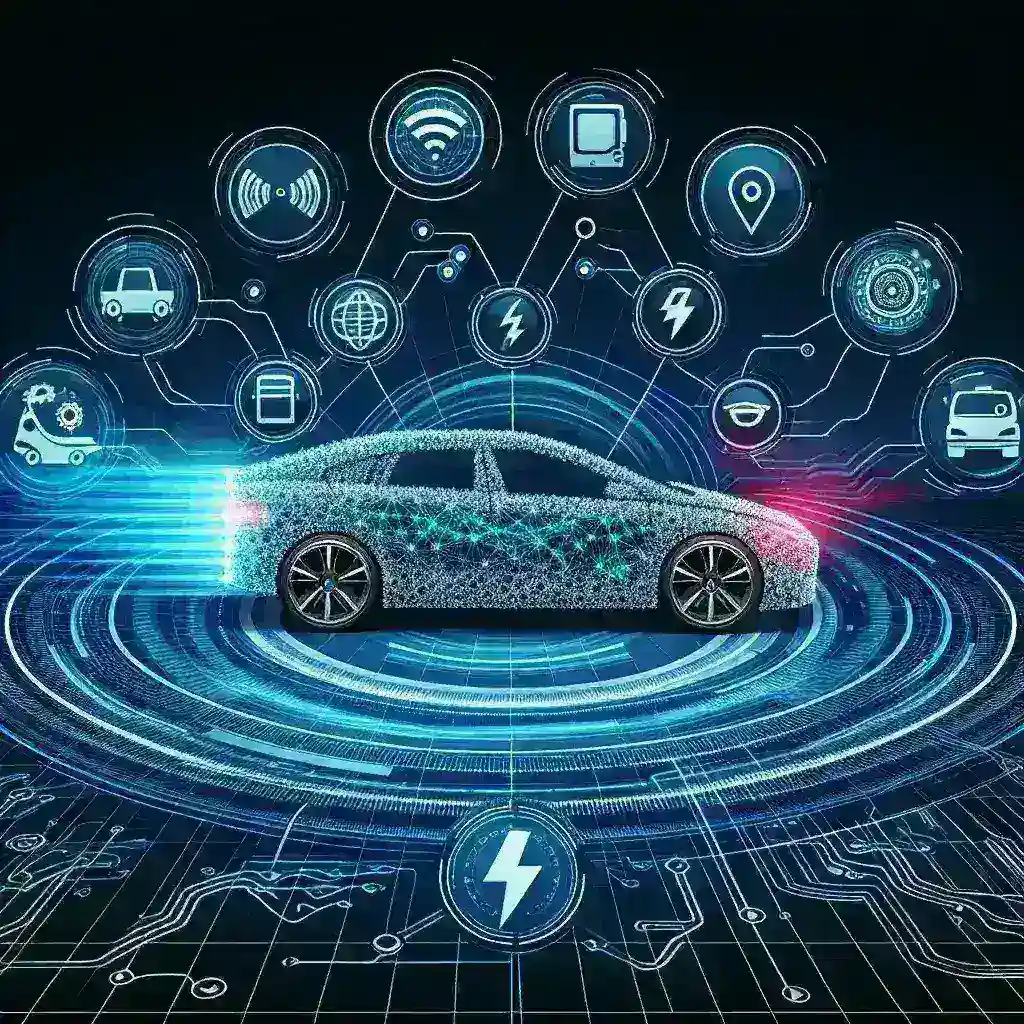Introduction
The evolution of the automotive industry is significantly driven by advancements in technology, particularly in electric vehicles (EVs). One noteworthy development is the expansion of Mobileye SuperVision into the Geely EV lineup. This collaboration promises to enhance vehicle safety, improve driving efficiency, and elevate the overall user experience. In this article, we will explore the implications of this exciting partnership, examining its historical context, technological insights, and future predictions.
Understanding Mobileye SuperVision
Mobileye, a leader in advanced driver-assistance systems (ADAS), has made substantial strides in the automotive technology space. The SuperVision system is designed to provide Level 2+ automation, which includes features like lane-keeping assistance, adaptive cruise control, and even more complex functionalities such as automated parking and traffic jam assist.
Key Features of Mobileye SuperVision
- 360-Degree Awareness: Utilizing multiple cameras and sensors, SuperVision offers a comprehensive view around the vehicle.
- Advanced Safety Features: Technologies such as collision avoidance and pedestrian detection significantly enhance safety.
- Continuous Learning: The system constantly updates its algorithms through data analytics, adapting to real-world driving scenarios.
- User-Friendly Interface: The dashboard integrates touchscreen controls and voice commands, making it intuitive for drivers.
Geely’s Commitment to Electric Mobility
Geely, a prominent Chinese automotive manufacturer, has been at the forefront of the electric vehicle revolution. With a commitment to sustainability and innovation, Geely has rapidly expanded its EV lineup, including models like the Geometry series and the Lynk & Co brand.
The Significance of the Partnership
The integration of Mobileye SuperVision into Geely’s EV lineup is a strategic move that aligns with both companies’ goals of enhancing safety and user experience. By incorporating advanced technologies, Geely aims to position itself as a leader in the competitive EV market.
Historical Context
Mobileye has a rich history of delivering cutting-edge technology to the automotive industry. Founded in 1999, the company has evolved from producing simple collision avoidance systems to offering fully comprehensive solutions for autonomous driving. This expansion into Geely’s EV lineup signifies a growing recognition of the importance of safety and automation in modern vehicles.
Future Predictions for Mobileye and Geely
As the automotive landscape continues to evolve, the partnership between Mobileye and Geely is expected to pave the way for several advancements:
- Increased Adoption of ADAS: With the SuperVision system, more consumers will likely embrace the benefits of advanced driver assistance technologies.
- Enhanced User Experience: The integration of intuitive interfaces and real-time data analytics will improve how drivers interact with their vehicles.
- Market Expansion: This partnership could lead to Geely capturing a larger share of the global EV market.
Pros and Cons of Mobileye SuperVision in Geely EVs
While the prospects are promising, it’s essential to consider both the advantages and potential challenges:
Pros:
- Increased Safety: With advanced safety features, the likelihood of accidents could decrease.
- Improved Efficiency: Automation can enhance fuel efficiency and reduce wear on vehicle components.
- Consumer Appeal: High-tech features may attract tech-savvy consumers.
Cons:
- Cost Implications: The integration of advanced technology can lead to higher vehicle costs.
- Market Readiness: Some consumers may be hesitant to adopt new technologies.
- Regulatory Challenges: The evolving landscape of automotive regulations may impact deployment.
Conclusion
The expansion of Mobileye SuperVision into the Geely EV lineup represents a significant milestone in the automotive industry. By combining advanced driver-assistance technology with electric vehicle innovation, both companies are poised to enhance safety, efficiency, and the overall driving experience. As the industry continues to evolve, partnerships like this will play a crucial role in shaping the future of mobility.

